Five steps. Ok, maybe ten. The number of steps I need to leave everything behind and fully immerse into one of my favorite hiking trails in the whole world, the Kumano Kodo. It is the ultimate mix of many of the things I love: great food, omakase culture, beautiful views, amazing people and the comfort of a relatively simple-to-follow trail and some amazing inns. This is the story of my second Kumano Kodo Nakahechi hike (I’ve done it in 2016 and 2019).
Table of Contents
The Kumano Kodo
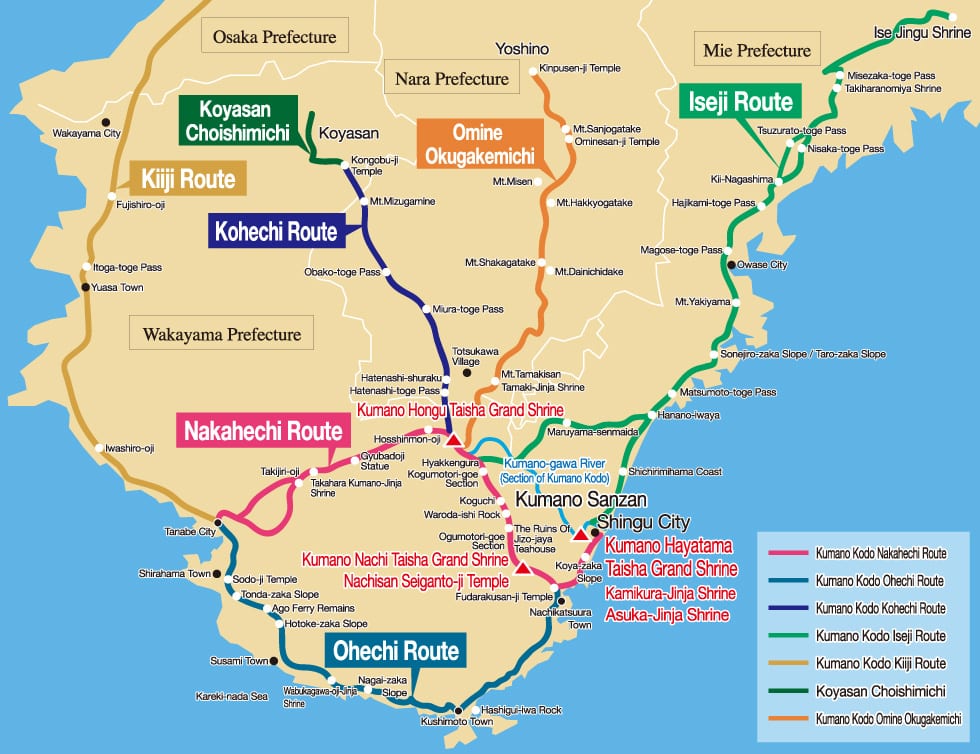
The Kumano Kodō is a series of ancient pilgrimage routes that crisscross the Kii Hantō, the largest Peninsula of Japan. There are different connected trails and there are different ‘official pilgrimage routes’ that are part of the ancient tradition of pilgrimage treks to Kumano Hongu Taisha. Collecting stamps on your route from a starting point (e.g. Koyasan or Takijiri-oji) to Hongu will allow you to apply for an official certificate. If you’re one of the brave people to have completed the Way of St. James (Camino de Santiago) in Spain as well (the other big pilgrimage route), you can apply for a dual pilgrim certificate.
The Kumano Kodo Nakahechi route
The Nakahechi route (or: the imperial route) of the Kumano Kodo pilgrimage network is the most popular trail to Kumano and has been used extensively since the 10th century, when Japan’s Imperial ancestors first began the tradition.
The classic pilgrimage circuit began in Kyoto at Jonan-gu shrine. From here, pilgrims took a boat down the Yodo-gawa River to Osaka, where they began their journey south to Tanabe. Nowadays, most hikers travel to Tanabe by train (when you’re in Tanabe, don’t forget to visit the Kumano Kodo center and have an omakase diner). In Tanabe the trail turns east onto the Nakahechi route, which cuts deep into the heart of the mountains.
Takijiri-oji, one of the many Oji shrines, marks the entrance into the realm of Kumano and is a popular starting point for modern-day pilgrims. Takijiri-oji to Tsugizakura-oji passes through the communities of Takahara and Chikatsuyu. From Tsugizakura-oji to Kumano Hongu Taisha there are many ups and downs on the trail before arriving at the shrine. Dainichi-goe and Akagi-goe are routes running through Yunomine Onsen, a hot spring with 1800 years of history used for hot water ablution rites.
After paying tribute at the Kumano Hongu Taisha shrine, pilgrims traveled by boat down the Kumano-gawa River to Kumano Hayatama Taisha. A visit to Kumano Nachi Taisha completed the pilgrimage. There is however, also a beautiful but tough path from Hongu to Nachi Taisha. On the return journey to Kyoto, pilgrims either retraced their steps or took the mountainous Ogumotori-goe and Kogumotori-goe passes to Hongu.
Context of this hike
I literally had spent months and months preparing for the Arctic Circle Trail in Greenland, a 200-kilometer trek through the arctic wilderness. Preparing the trail, checking my gear, reading books and blogposts. But because of a virus in the weeks leading up to the trek, I was not confident enough to tackle this challenge. When you’re in the middle of nowhere, three days hiking from the nearest Inuit village, it is rather uncomfortable to get ill.
So I was looking for a trail that was relatively easy, allowed me to get some good rest, preferably in bed & breakfasts, hotels or inns along the trail (so I would not have to camp out and/or carry a tent) and would have a fallback option in case I would still have some difficulties stemming from my earlier virus infection.
I settled on the Kumano Kodo (also read how I came to this). In 2016 I had already done the Nakahechi part of the trail once and I had learned that the trail is relatively simple to follow, that the inns (minshuku and ryokans along the trail) are fantastic and with its relatively robust bus system, I could quite easily quit or skip parts of the trail in case I would be in trouble. On top of that, the Japanese food is just amazing and it would allow me to collect the necessary stamps to finish my Kumano Kodo pilgrimage this time. For a while, I had the plan to finish the Way of Saint James (Camino de Santiago) with my dad – finishing both, the Way of Saint James, as well as the Kumano Kodo, would allow you to request a dual pilgrim certificate.
Kumano Kodo Nakahechi Day 1 – settling into my daily routine, meeting a trail angel
The Nakahechi is by far the busiest part of the trail. You’ll get the bus from Tanabe to the trail head and from there your day will start with a pretty steep climb up. The rest of the day was a taste of many things I would encounter the next days – the endless woods, breathtaking views.
Around lunch I arrived near my first stop and decided to rest a bit on a wooden bench next to the trail. I got in contact with one of the trail angels. Trail angels are a concept most known from longer thru-hikes like the Appalachian Trail or the PCT, where locals help hikers. And there is one at Kumano Kodo as well. At the end of day 3 (or 2 if you combine the first stretches like me) there is a small house with the nicest lady you’ll ever meet. I was early (only got to check in in my ryokan and arrived at 1230), so got time to spare. As soon as I arrived at the small house, she offered me tea. We communicated via the translation app on her phone. She offered me lunch (instant noodles is always a good idea) and two origami figures she made herself for my kids Ella and Gust. It was one of the many moments that happen when you travel with an open mind. Truly one to remember.
And that was even before settling into the local MUI guest house. As I had done the previous time, I had been arranging my stays through the local tourism agency. My first choice (the place I stayed during my first Kumano Kodo hike) was fully booked so they offered MUI. And it was great – the guesthouse is literally next to the trail, operated by a couple from Tokyo that opened up 2 years ago. So many things done so well. An onboarding video with house rules, based on their puppets. My name written in Japanese (sure crowd pleaser). Their pet goats. And hands down the best food I had in Japan this time.
It helped me settle into the rhytm I would pretty much follow for the rest week: wake up early, have breakfast, push for 20 kilometers, arrive around lunch in the next village, eat my lunch box, relax, have dinner, go to sleep early. Repeat.
Kumano Kodo Nakahechi Day 2 – Finishing the pilgrimage
I am not even sure why, but I had a tough day the second day. I was really struggling to keep my pace up. Maybe it was part jet lag, part impact of the virus. So after a long day in the Wakayama hills, I arrived at the Hongu shrines where I got my final stamps and official stamp that I had finished the Kumano Kodo pilgrimage.
Kumano Kodo Nakahechi Day 2 – Yunomine onsen
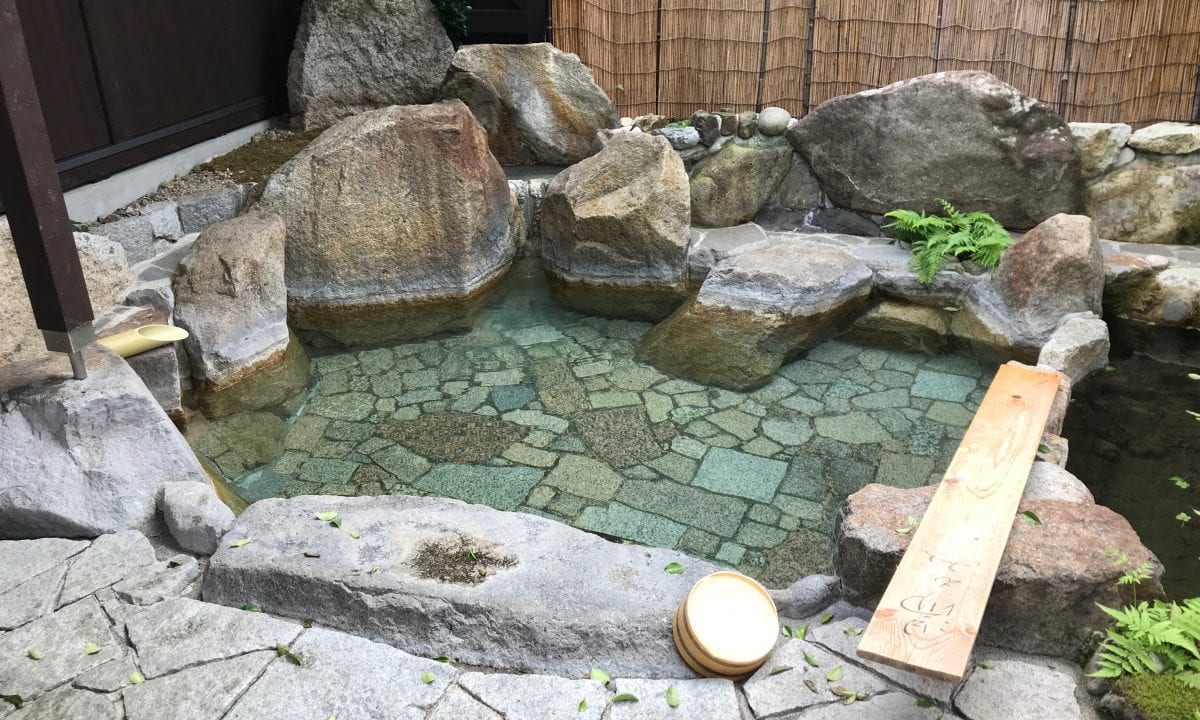
And that, for me, concluded the “known” part of the trail. From Hongu, I would no head towards Koyasan, taking the Kohechi part of the trail, rather than going southwards to the coast as I did the previous time. Word was that this wasn’t only the toughest part of the Kumano Kodo, I also would be walking it in the toughest direction: from Hongu to Koyasan. But that would be worries for the day after.
Later that day, I took the bus from Hongu to Yunomine as I wasn’t looking forward to yet another climb today (and I had a bad experience 3 years ago when it started raining between Hongu and Yunomine – that sucked). While waiting in the sun for my ryokan to open, a Japanese man approached me and we talked a bit about Japan and the area. He offered me an egg, which are boiled here in the river – they should give you extra superpowers.

The Yoshinoya bed and breakfast where I stayed in is not the cheapest, but they have an amazing onsen and great food so I gladly used both to pick up some energy for the next days. Also, I could quite easily wash some of my clothes, before enjoying the onsen and food.
A good and well-needed preparation for the following days.
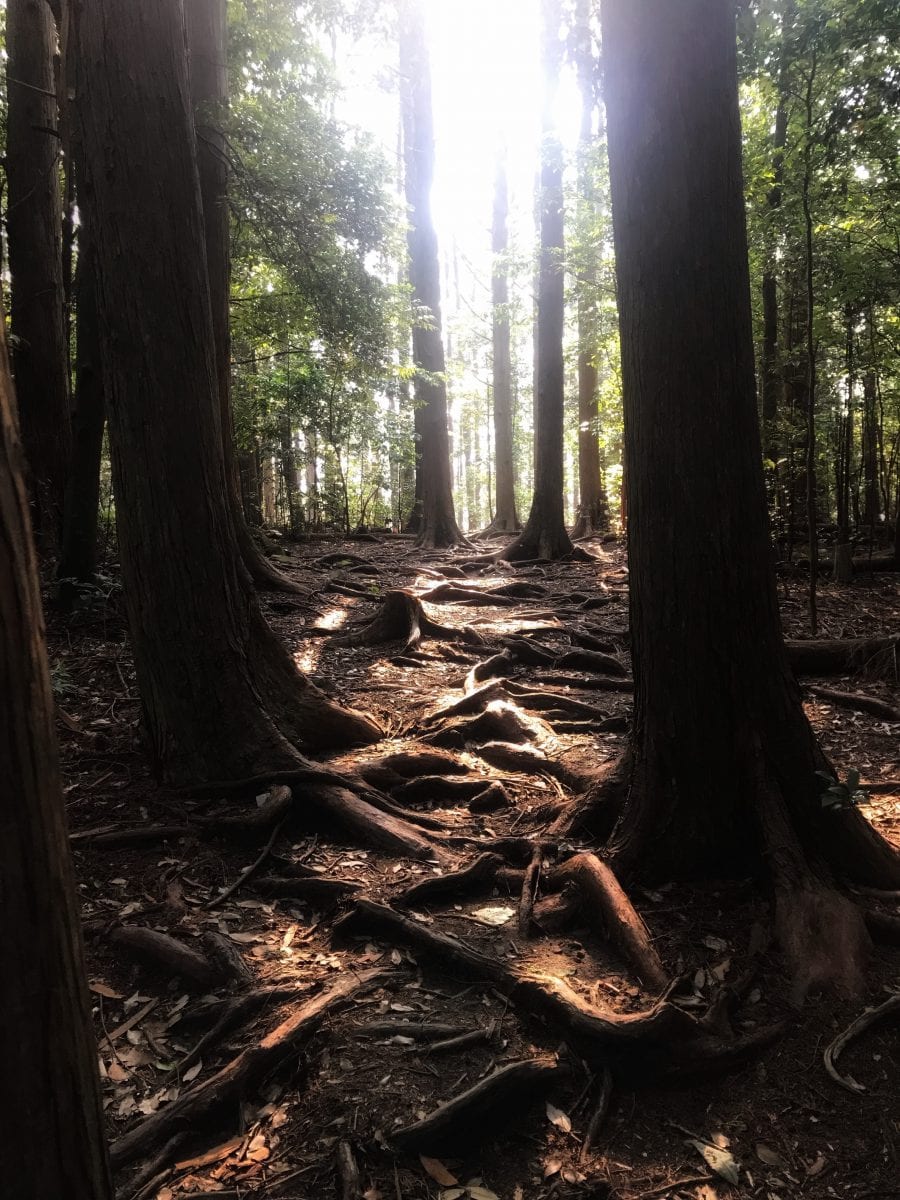
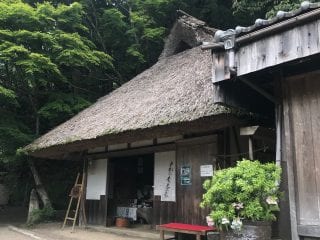
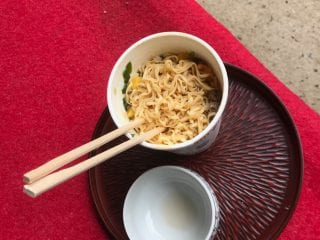

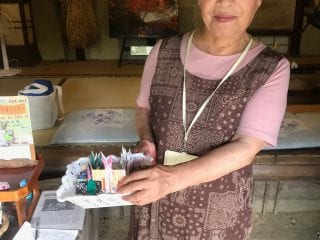
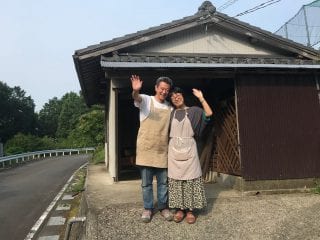
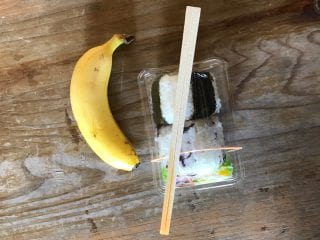

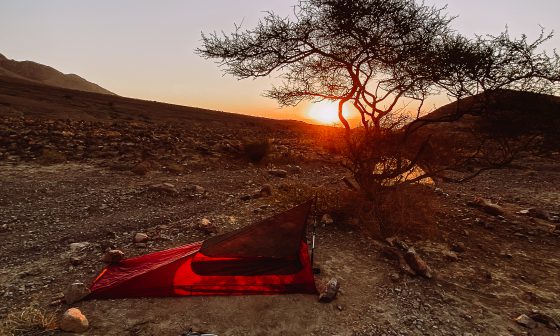


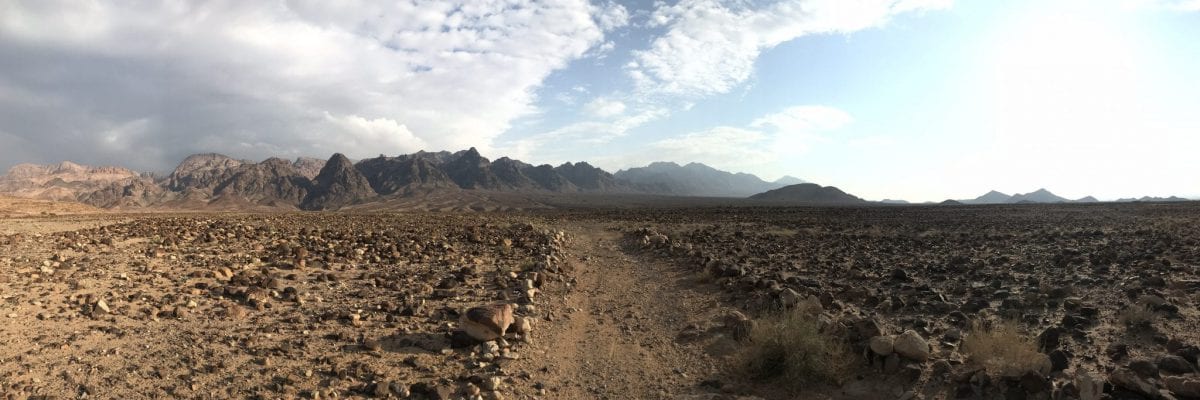


4 comments